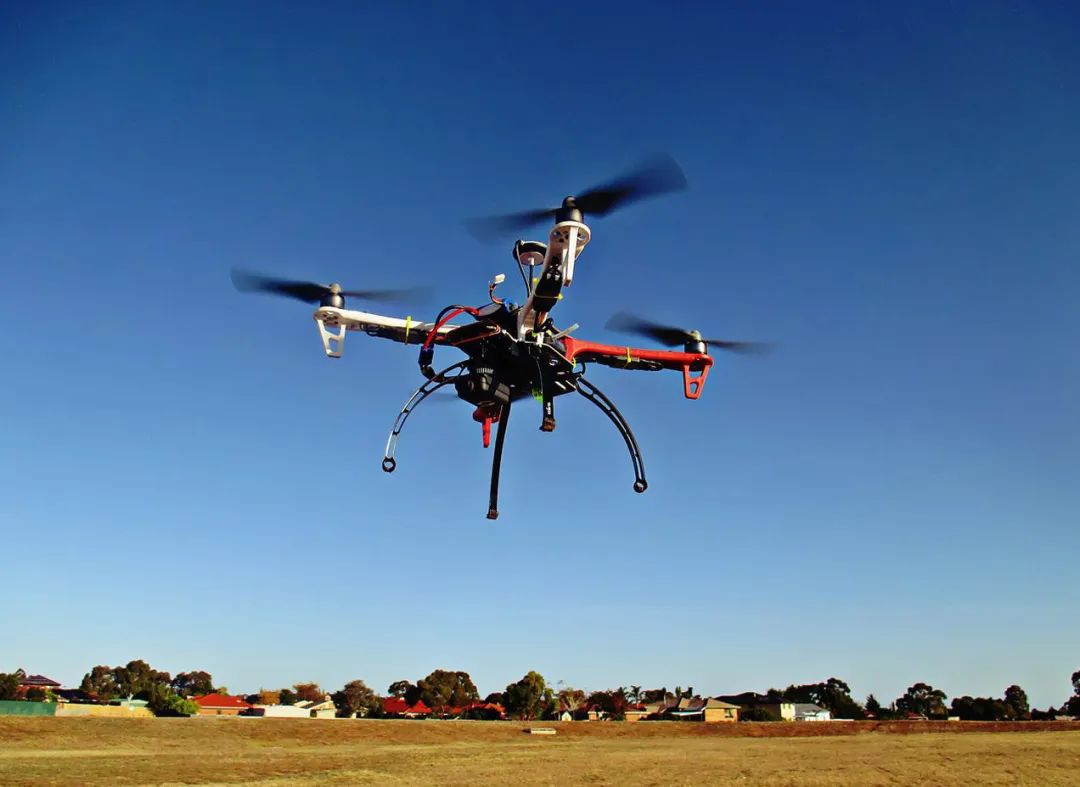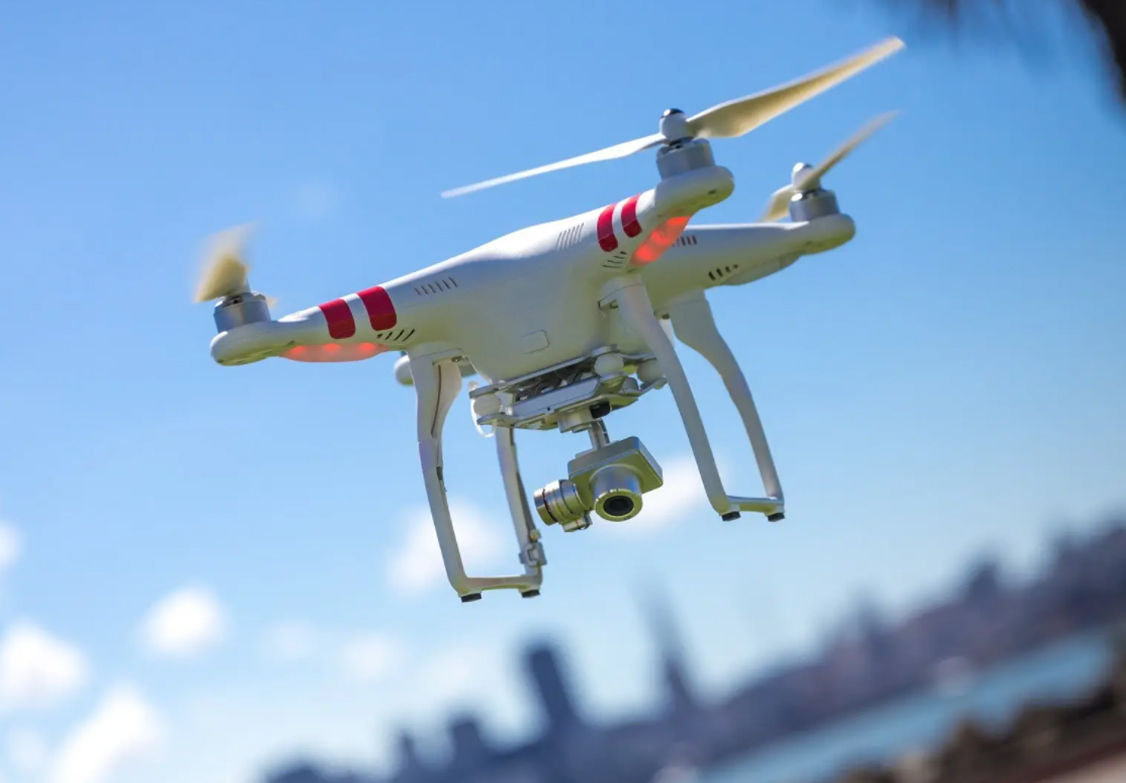FPV drones, or First-Person View drones, have sparked significant interest among aerial enthusiasts across the globe. But what is an FPV drone? Essentially, FPV drones allow the operator to experience flying from the drone’s perspective through a live video feed transmitted to goggles or a monitor. This immersive experience can be likened to piloting a fighter jet, offering adrenaline-filled adventures to hobbyists and professionals alike.
The Basics of FPV Drones
At their core, FPV drones consist of several key components that differentiate them from traditional drones. These include a camera, video transmitter, FPV goggles or monitor, and a controller. The camera captures real-time images, which are sent via the video transmitter to a receiver linked with the FPV goggles. The operator can then control the drone based on the visuals in the goggles.
Why Choose FPV Drones?
- Immersive Experience: FPV drones offer an unmatched immersive flying experience, allowing for a heightened sense of speed and agility.
- Racing and Freestyle: FPV drones are famous in drone racing, a sport where pilots race through a track at remarkable speeds.
- Photography and Videography: While they excel in fun and speed, FPV drones are also used for acquiring unique aerial shots and dynamic videos.

Getting Started with FPV Drones
For beginners, embarking on a journey with FPV drones might seem daunting, but it’s quite accessible with the right mindset and guidance. Here is how to begin:
Choose the Right Drone: Opt for beginner-friendly models. Look for drones with features like altitude hold and beginner modes to ease the learning curve.
FPV Goggles: Quality FPV goggles are crucial. Invest in goggles that offer a comfortable fit with clear resolution.
Quality FPV goggles are crucial. Invest in goggles that offer a comfortable fit with clear resolution.
Practice and Training: Start practicing in open areas and seek drone flight simulators that can aid in building your piloting skills without risking damage to your equipment.
Diving Deeper into FPV Technology
FPV drones operate through radio frequencies, transmitted from the drone to the goggles. The technology includes advanced protocols to overcome interference and maintain a stable connection, ensuring a seamless flying experience. Battery life, range, camera quality, and real-time delay are factors to consider as they determine the overall efficiency of your FPV drone setup.
Customizing Your FPV Drone
Modifications and Upgrades: The FPV drone community thrives on customization. Enthusiasts often tweak their drones for better speed, range, and camera capabilities, with options such as enhanced motors and FPV cameras.
Building from Scratch: For the technically inclined, constructing a drone from scratch allows personalization. This involves assembling various parts such as frames, flight controllers, motors, and ESCs (Electronic Speed Controllers).
FAQs About FPV Drones
How long does it take to learn FPV drone piloting?
It varies based on dedication and practice. With regular practice, beginners can achieve a competent level within a few weeks.
What is the average cost of an FPV drone setup?
The cost can range from $100 to over $1,000, depending on the drone’s specifications, goggles quality, and additional equipment.
Are FPV drones legal to fly?
Most countries permit FPV drone operations, but operators should comply with local aviation regulations and safety guidelines.